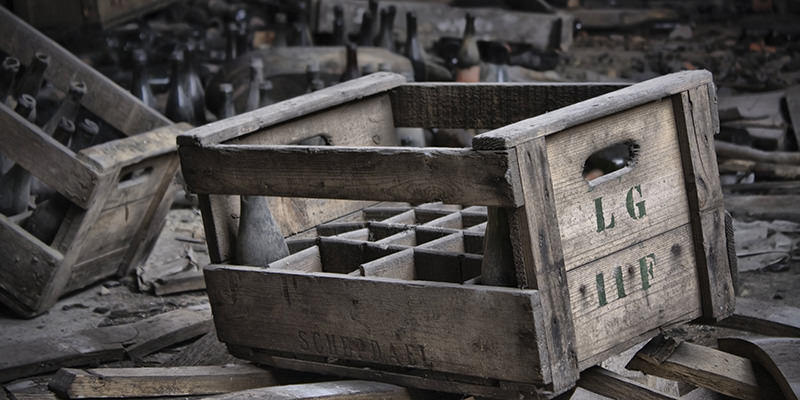Beer is the most widely consumed alcoholic beverage on earth, and the oldest alcoholic beverage that’s still drunk today. But even though beer has been for centuries, no one really knows what yeast from before the 20th century (when the Industrial Revolution took place) made beer taste like. For those who’ve always wondered, Australian scientists may have figured out a way to indulge their curiosity.
In 1797, a small cargo ship sunk off the coast of Tasmania, Australia, in what is known as the Bass Strait. In addition to food, textiles, and livestock the ship also had a bunch of beer, and when it sunk it took all of its cargo with it. In the early 1990s, a dive was conducted to search the wrecked ship and among the wreckage some of the cargo was retrieved, including the beer, which had survived almost two centuries at the bottom of the ocean. Roughly twenty years later, David Thurrowgood, a conservator at the Queen Victoria Museum in Tasmania, gathered some colleagues to turn the surviving beer into a fresh batch.
To make the new beer, they first had to check to make sure the yeast was still alive in the extremely old beer. To do so, they placed samples of beer into various nutrient broths to see if anything would grow. When two samples responded, the scientists extracted the yeast and made a new beer.
Before you get all excited about 220 year-old yeast (who thought we’d be saying that), the researchers did note that it’s a possibility that the yeast that responded to the nutrient broth was not from the actual 220 year-old beer but instead from a strange contaminant effect. Understanding this could be the case, the scientists made the beer anyway, and the resulting product did make it see likely that the yeast was, in fact, from the ancient beer, and not contamination.
Now, a revived 220-year old beer sounds slightly disgusting, right? Not so. In fact, according to the scientists who tasted the beer, on the contrary, it’s quite nice. One scientist said, “it tasted very, very pleasant…very clean,” which shows that this yeast “resurrection” doesn’t just serve scientific and historical purposes—it also indulges the palate.
The creation is pretty huge for beer culture. First off, if the yeast is in fact from the original beer, it’s the oldest living yeast that’s been successfully used to brew a beer, which is undoubtedly impressive. Secondly, the team now hopes to raise funds to conduct more dives to retrieve more old beer, hoping to turn their discoveries into new beers.
Now we just gotta wonder what a hangover from ancient yeast feels like.

